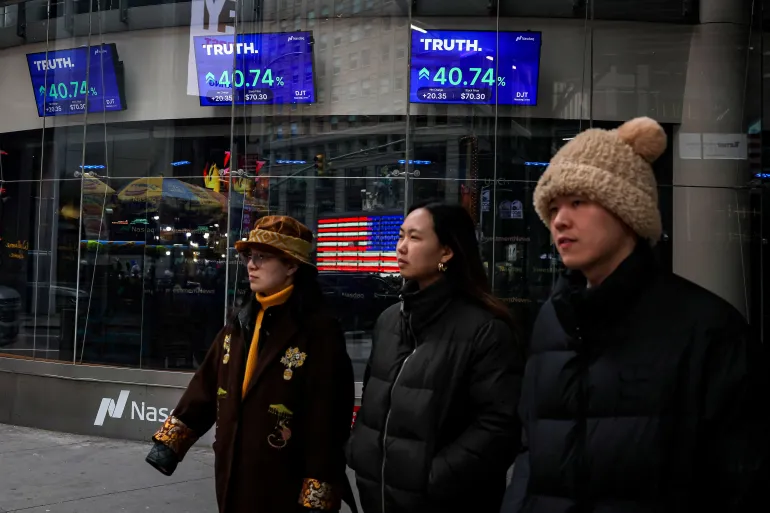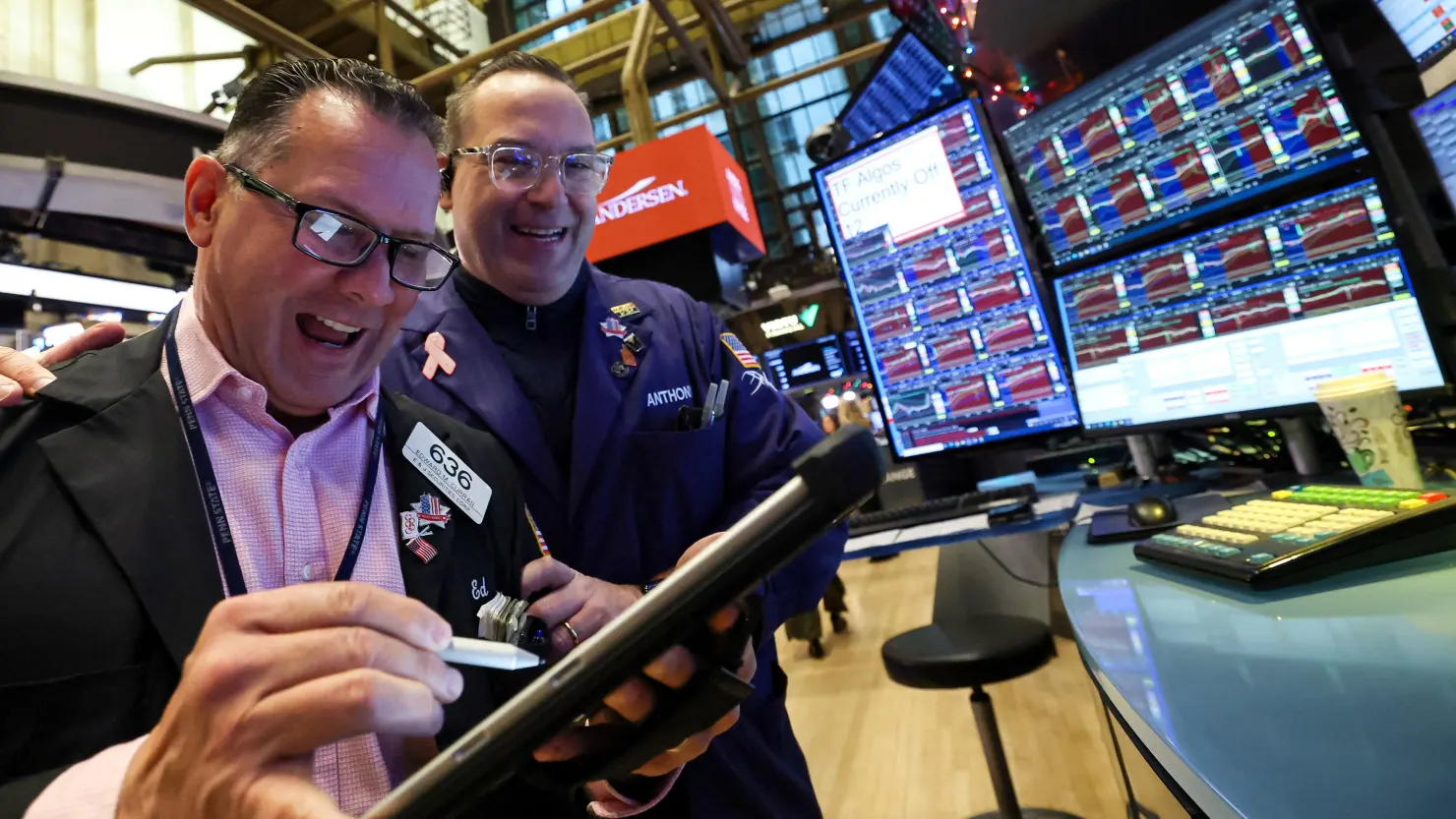Oil Holds Steady as OPEC+ Greenlights September Output Boost — Market Shrugs It Off
Oil prices barely budged on Monday despite news that OPEC+ is turning the taps up again starting in September. The oil cartel and its allies agreed to raise output by 547,000 barrels per day, but traders didn’t flinch — likely because the move had been telegraphed well in advance.
Brent crude inched up to $69.78 a barrel, while US West Texas Intermediate settled at $67.52 — modest gains that helped recoup part of last Friday’s $2-per-barrel drop.
So what’s going on?
According to Michael McCarthy of Moomoo Australia, this production hike “was so well flagged ahead of time” that traders had already priced it in. Basically, no surprises here. OPEC+ says it’s upping production because of a healthy global economy and low oil stockpiles.
This marks a full reversal of the group’s biggest supply cuts and includes a separate bump for the UAE, adding up to about 2.5 million barrels per day — or roughly 2.4% of global demand.
But Goldman Sachs analysts say don’t expect that full number to hit the market. They estimate only about 1.7 million bpd will actually flow, as some member countries have cut back after previously overproducing.
Meanwhile, the geopolitical side of the oil equation is heating up. Trump’s latest tariff threats — including 100% secondary tariffs on buyers of Russian crude — have traders watching closely. While India insists it’ll keep buying Russian oil, some tankers have already rerouted away from Indian ports.
If India does stop, ING analysts say that’s 1.7 million bpd of crude at risk — enough to wipe out the forecasted surplus for late 2025 and open the door for OPEC+ to wind down more of its supply cuts.
Adding to the uncertainty? Fears that US tariffs and lackluster job growth could drag down fuel demand. Last week’s US jobs report came in weaker than expected, and Trade Rep Jamieson Greer says don’t count on tariff relief anytime soon.
Oil’s not moving much right now, but there’s a lot bubbling under the surface — from production hikes and trade tensions to sanctions and shaky economic signals. Traders may not be spooked yet, but this calm could be temporary.
The original story by Florence Tan for Reuters.









The latest news in your social feeds
Subscribe to our social media platforms to stay tuned